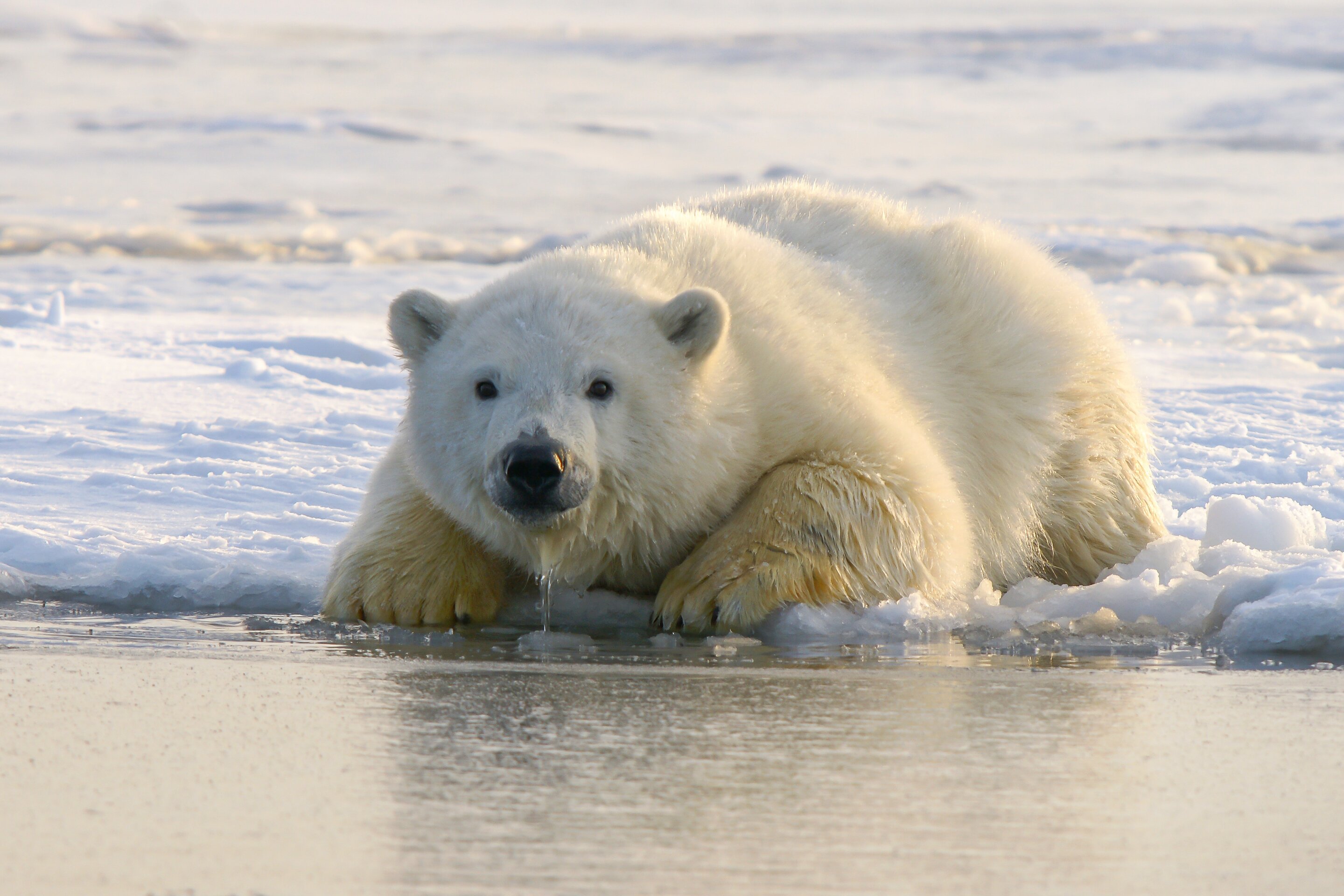Polar bears are a familiar sight to many through the media as we see evocative images of singular bears floating on isolated ice rafts as they face the harsh realities of climate change shrinking sea ice in the Arctic. Their range is significantly impacted by the presence of perennial sea ice—that which survives at least one summer melt season. Simulations suggest polar ice cover is predicted to disappear during summer months by 2050, meaning this apex predator is increasingly being threatened by extinction due to habitat loss.
The response of this majestic beast to climate change during the last deglaciation is the focus of new research published in Quaternary Science Reviews to determine the effect on their global range and population size.
The Late Glacial, occurring 12,000–15,000 years ago, experienced significant melting of the expansive Scandinavian and North American ice sheets in the northern hemisphere that helped moderate the planet’s temperature. This occurs due to ice albedo, whereby incoming solar radiation from the sun melts the “white” ice and exposes more of the comparatively “dark” land and sea, which absorbs the radiation rather than reflecting it back out to space. Consequently, more of the neighboring snow and ice melts, revealing more of the “dark” surface to absorb heat and so the feedback loop continues.
Professor Heikki Seppä, from the University of Helsinki, Finland, and colleagues turned to fossil bones (including forearms, upper hindlimbs and skulls) and teeth previously reported from various Scandinavian countries and islands off the north coast of Russia. These were found in coastal sections as well as archaeological sites, where they likely represent the aftermath of hunting by humans.
The research team determined that polar bears existed on the southwestern margin of the Scandinavian Ice Sheet through the Late Glacial, surviving into the earliest Holocene (the present interglacial over the last 12,000 years). Paleoenvironmental proxies from marine sediments, such as single-celled foraminifera and diatomaceous algae, suggest summer temperatures in the region were 6–10°C.
2023-09-27 14:00:06
Original from phys.org rnrn




















